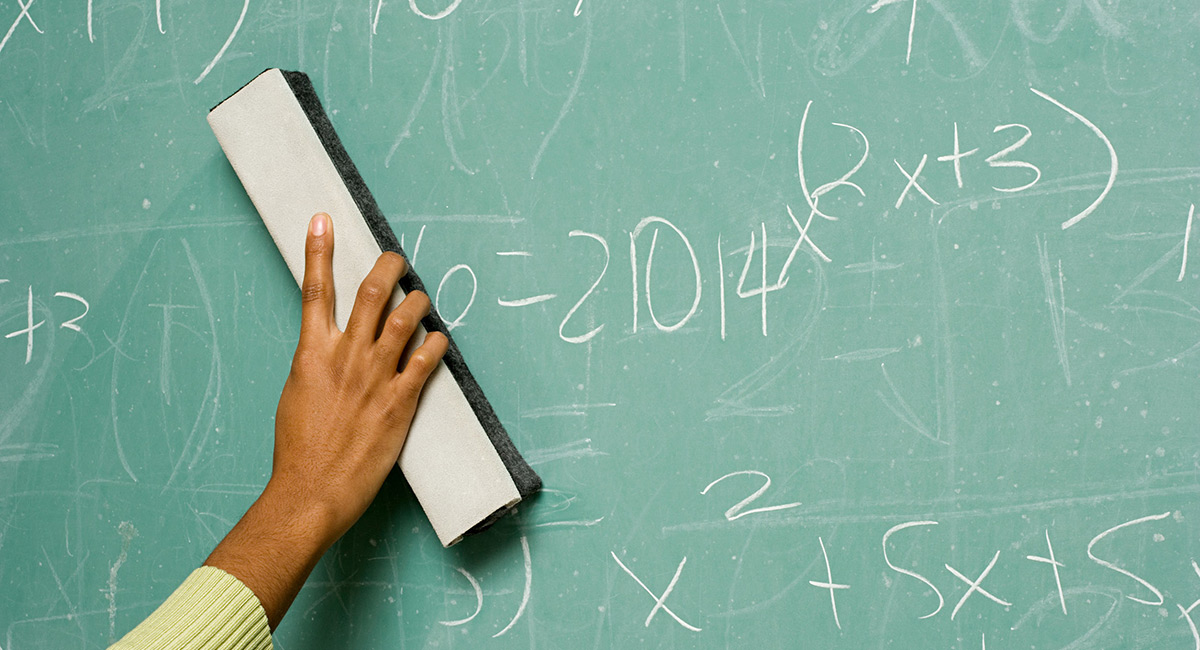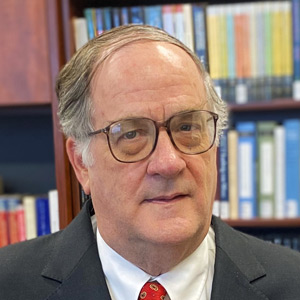If California education officials have their way, generations of students may not know how to calculate an apartment’s square footage or the area of a farm field, but the “mathematics” of political agitation and organizing will be second nature to them. Encouraging those gifted in math to shine will be a distant memory.
This will be the result if a proposed mathematics curriculum framework, which would guide K-12 instruction in the Golden State’s public schools, is approved by California’s Instructional Quality Commission in meetings this week and in August and ratified by the state board of education later this year.
The framework recommends eight times that teachers use a troubling document, “A Pathway to Equitable Math Instruction: Dismantling Racism in Mathematics Instruction.” This manual claims that teachers addressing students’ mistakes forthrightly is a form of white supremacy. It sets forth indicators of “white supremacy culture in the mathematics classroom,” including a focus on “getting the right answer,” teaching math in a “linear fashion,” requiring students to “show their work” and grading them on demonstrated knowledge of the subject matter. “The concept of mathematics being purely objective is unequivocally false,” the manual explains. “Upholding the idea that there are always right and wrong answers perpetuates ‘objectivity.’ ” Apparently, that’s also racist.
The framework itself rejects preparing students to take Algebra I in eighth grade, a goal reformers have sought since the 1990s. Students in Singapore, South Korea and Taiwan master introductory algebra in eighth grade or even earlier.
At one time, California took the goal seriously and made immense progress. California Department of Education data show that while only 16% of students took algebra by eighth grade in 1999, by 2013, 67%—four times as many—were doing so. Success rates, meaning the percentage of students scoring “proficient” or above, kept rising even as enrollment increased dramatically.
The biggest beneficiaries were ethnic minority and low-income students. While student success tripled overall, African-American students’ success rate jumped by a factor of five, and Latinos’ and low-income students’ by a factor of six.
Many highly selective colleges expect students to take calculus in high school. To get to calculus by senior year, students have to proceed on a pathway of advanced courses. The framework condemns this as a “rush to calculus” and indicates that California schools won’t provide such a pathway. California high-school grads may be put at a disadvantage in applying to top colleges.
The framework explicitly rejects “ideas of natural gifts and talents.” That some are gifted in math implies some others aren’t, and this is “inequitable.” The framework’s authors also fear that those designated “gifted” may have their fragile egos hurt if they later lose that designation. So it writes an obituary for gifted-and-talented programs, which would hobble the rise of many talented children in California.
The framework rejects ability grouping, also called tracking, even though studies show that students do better when grouped with others who are progressing in their studies at the same pace. We have known for years, including from a 2009 Fordham Institute study of Massachusetts middle schools, that schools with more tracks have significantly more math students at advanced levels and fewer failing students.
The proposal’s agenda becomes clear when it says math should be taught so it can be used for “social justice.” It extols a fictional teacher who uses class to develop her students’ “sociopolitical consciousness.” Math, it says, is a tool to “change the world.” Teachers are supposed to adopt a “culturally relevant pedagogy,” which includes “the ability to identify, analyze and solve real-world problems, especially those that result in societal inequalities.”
Under this pedagogy, “students must develop a critical consciousness through which they challenge the status quo of the current social order.” Don’t think that kindergarten is too early for such indoctrination: “Teachers can take a justice-oriented perspective at any grade level, K-12,” the curriculum revisionists write. Students could be taught fractions in the distracting process of learning the math of organizing a protest march.
This program is quite a comedown for math, from an objective academic discipline to a tool for political activism. Society will be harmed: With fewer people who know math well, how are we going to build bridges, launch rockets or advance technologically? Students will pay the heaviest price—and not only in California. As we’ve seen before, what starts in California doesn’t stop here.
My advice to California’s Instructional Quality Commission, when it meets on Wednesday and Thursday to evaluate public comments on the curriculum framework, is to scrap the document and return to the 1997 math content standards and associated framework. Written largely by professors in Stanford’s math department, it resulted in the aforementioned stupendous statewide gains in algebra attainment. Teach math, not propaganda.








